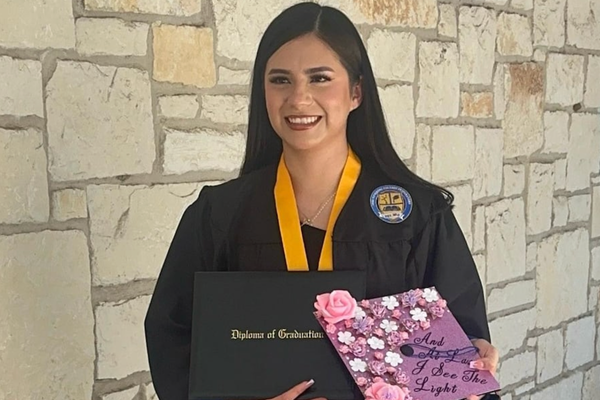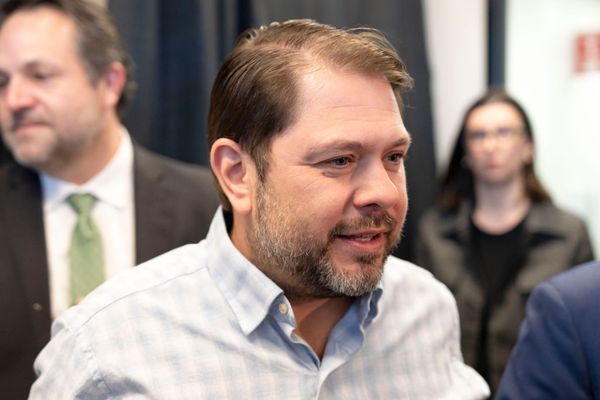A London borough has revealed that council tax would have to rise by at least 27% to fill a black hole from Government reforms to local government funding.
The Royal Borough of Kensington and Chelsea has calculated that the controversial shake-up will inflict a blow of £82.7 million over the three years from 2026/27 to 2028/29 to its finances.
Seven other London boroughs facing being hard hit are believed to include Westminster, Wandsworth, Richmond, Hammersmith and Fulham, Islington, Camden and the City of London.
Ministers have not given any details of how individual councils will be impacted by the reforms which aim to channel funding into more deprived areas and rural districts and are set to benefit the North and Midlands.
But a paper to be discussed by the Kensington and Chelsea leadership on Wednesday reveals how London is in the firing line from the shake-up.
“Initial estimates have suggested the changes proposed will reduce the Council’s funding by £82.7m over the period 2026/27-2028/29 as the Government has suggested it is minded to phase in the new formulae over the next three years, meaning that this £82.7m reduction would be phased in as £23.7m in 2026/27, £29.0m in 2027/28, and £30.1m in 2028/29.”
It adds that a one per cent increase in council tax would raise £1.1 million.
So, a £30.1 million annual shortfall could in theory be filled by a 27% rise in council tax.
The town hall has no intention of imposing such huge rises and is due to hold talks on Friday with senior Government officials on the reforms.
Westminster, Wansworth, Richmond, Hammersmith and Fulham, Islington, Camden and the City of London have also been invited by the Government to the meeting.

“Across London, councils face cuts of nearly £700 million. In Kensington and Chelsea, that means losing £82.7 million over three years,” said Kensington and Chelsea leader Cllr Elizabeth Campbell.
“With inflation and rising demand, the financial gap reaches £112 million. These aren’t abstract figures, they mean lost social care workers, closed youth clubs and libraries, fewer options for the homeless.”
Under the reforms, a local authority’s funding will be driven by an assessment of an area’s “needs” and “resources,” the Kensington and Chelsea briefing document explains, with the latter being partly based on a council tax of around £2,000.
But Cllr Campbell stressed: “We’ve kept Council tax low, among the lowest in the country, because our residents voted for it, and we’ve run our finances responsibly. We are proud of that.
“Yet the new formula assumes a ‘notional’ Band D rate of £2,000, almost double our actual rate of £1,079, and uses that to reduce our grant.”
She added: “The Government has proposed a ‘flat cash floor’ to limit the worst losses. But eight inner London boroughs, including ours, are excluded because our projected cuts are too large.”
The council is calling for the planned new funding formula to be revised to reflect the real costs and needs of urban areas, for the reforms to be phased in over ten years and for the use of “real data not imagined or notional tax rates”.
Council tax in Kensington and Chelsea at £1,101.21 for a Band D in 2025/26 is the fifth lowest both nationally and in London.
But given high property prices, the borough has over 35,000 properties which are either Band G or Band H with council tax for 2025/26 at £1,835.35 and £2,202.42 respectively.
“No-one will suffer from deteriorating services just because they live in an area with low house prices or high demand for social care, or in a rural part of the country.”







